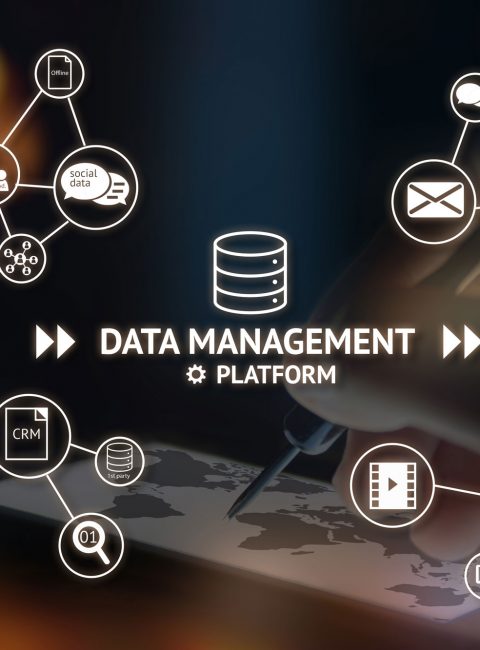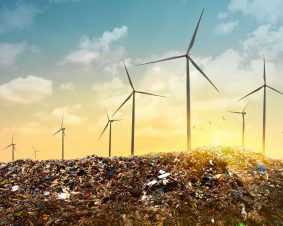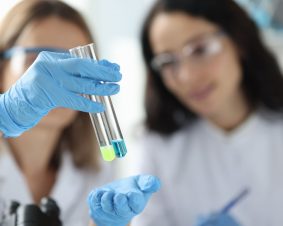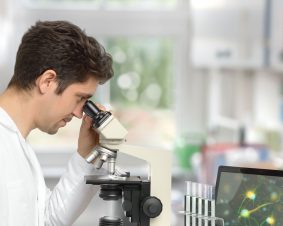 >
Spotlight August 2021: Towards FAIR nanosafety data
>
Spotlight August 2021: Towards FAIR nanosafety data
In August we would like to present a paper on FAIR data.
The paper published in Nature Nanotechnology in June 2021 summarises the challenges and provides recommendations for the efficient reuse of nanosafety data in line with the recently established FAIR guiding principles: findable, accessible, interoperable and reusable. This article summarises the know-how on the collection, replenishment and reuse of data in the eNanoMapper database (http://www.enanomapper.net/) from a variety of EU-funded projects, with a particular focus on the “FAIRification” of data from the EU Horizon 2020 project NanoReg2 (https://search.data.enanomapper.net/projects/nanoreg2/).
The paper summarizes challenges and provides recommendations for the efficient reuse of nanosafety data, in line with the recently established FAIR guiding principles.
In the current study, the process of FAIRifying nanosafety data led to the identification of 13 challenges, as summarized below in line with the FAIR principles and presented along with lessons learned. The experience compiled in this article serves as an example and sets the scene for ongoing continued efforts to gather and generate inherently FAIR nanosafety data to support an efficient governance and regulation of nanomaterials.
Original Publication:
Jeliazkova, N., M. D. Apostolova, C. Andreoli, F. Barone, A. Barrick, C. Battistelli, C. Bossa, A. Botea-Petcu, A. Chatel, I. De Angelis, M. Dusinska, N. El Yamani, D. Gheorghe, A. Giusti, P. Gomez-Fernandez, R. Grafstrom, M. Gromelski, N. R. Jacobsen, V. Jeliazkov, K. A. Jensen, N. Kochev, P. Kohonen, N. Manier, E. Mariussen, A. Mech, J. M. Navas, V. Paskaleva, A. Precupas, T. Puzyn, K. Rasmussen, P. Ritchie, I. R. Llopis, E. Runden-Pran, R. Sandu, N. Shandilya, S. Tanasescu, A. Haase and P. Nymark (2021). “Towards FAIR nanosafety data.” Nat Nanotechnol 16(6): 644-654. doi.org/10.1038/s41565-021-00911-6

Weitere Spotlights
Spotlight December 2020: Rethinking Nanosafety – Part II
In December we would like to draw attention to the special issue: Rethinking Nanosafety – Part II in small. In the July Spotlight we already presented Part I. This special issue “Rethinking Nanosafety – Part II” also features research papers by renowned scientists in the field of nanosafety research. The first part of this special […]
Read moreSpotlight June 2023: New catalytic process for recovering important materials from composites in a single process
Previously virtually impossible and a huge problem: fibre-reinforced resin composites (epoxides) were not recyclable, and wind turbine rotor blades, for example, add up to a waste pile of 43 million tons by 2050. Researchers have now taken an important first step in “reprocessing” these composites and catalytically dissolving them so that the carbon fibres and […]
Read moreSpotlight September 2023: Fishing for raw materials with proteins
The so-called rare earth elements such as neodymium, dysprosium or cerium are elements that are of great importance for the energy transition; among others they serve as components of magnets in generators for electric power generation, act as luminescent materials in energy-saving lamps or as part of the car exhaust catalytic converter. The global production […]
Read moreSpotlight January 2023: Special issue on Methods and Protocols in Nanotoxicology published
In the first Spotlight of the new year, we present a special issue on methods and protocols in nanotoxicology published in the journal Frontiers in Toxicology. There are still too few harmonized protocols accepted by the scientific community. To improve this situation, project activities are started and special issues of journals like this one are […]
Read more


